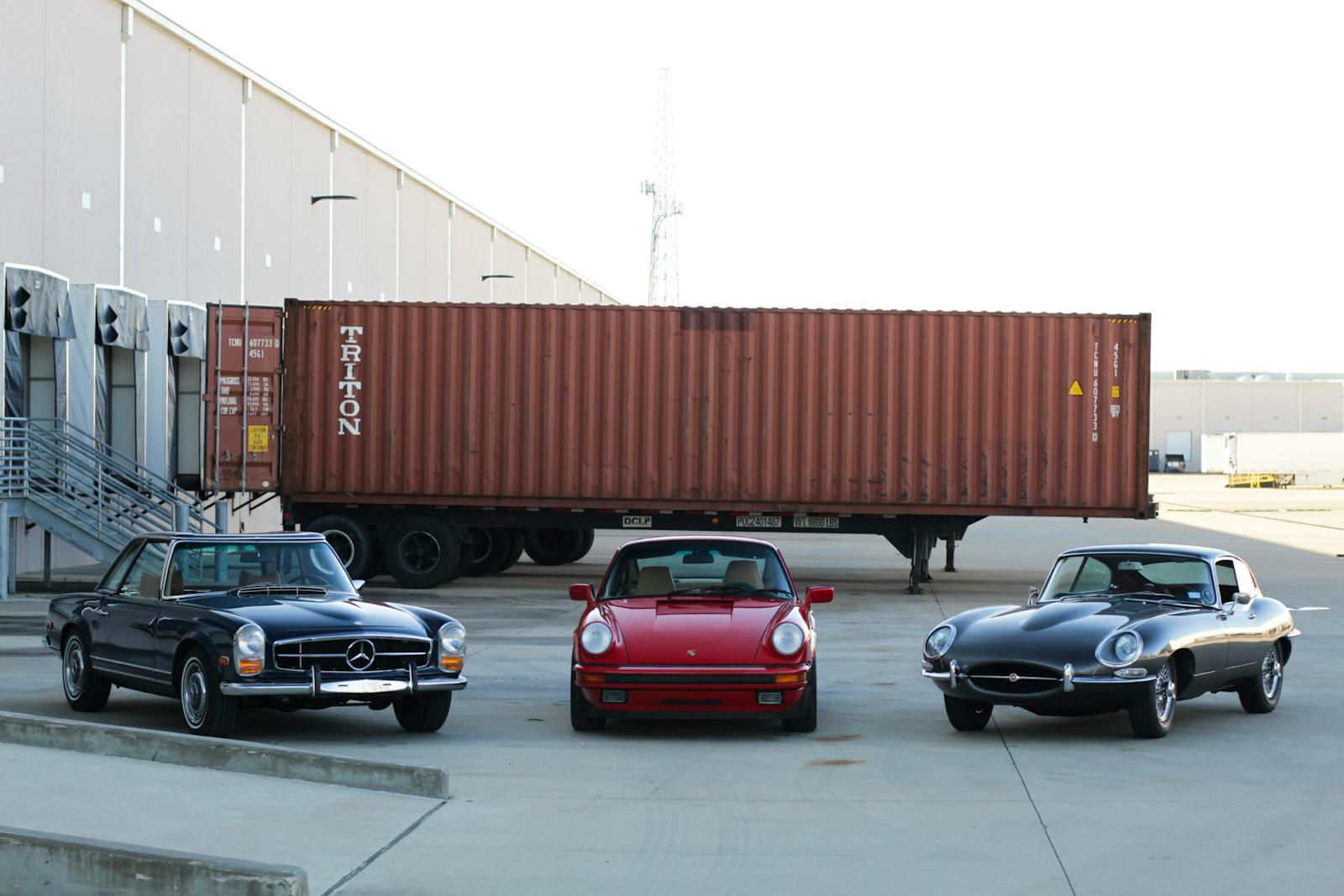The tools of the Formula 1 pits—including the ones you can buy
There are two types of people who walk a race paddock: Those just in awe of everything and those who are soaking it in to try and absorb some little trick or tidbit from the pros that they could use in their own lives. I personally fall firmly into the second camp there, and this explains why the pause and rewind buttons on my TV remote are the grimiest buttons. Any race coverage I watch incites a mad fury of pause and re-play to see what the mechanics and techs are doing, with what, and how ,whenever the cameras cut to the pit wall. Hence why I was so excited when the fellow tool nerds at the Torque Test Channel on YouTube released a video calling out the exact tools—down to part numbers–that were being used by F1 teams.
At first, this seems like a simple task, and in a couple of cases it is, but F1 teams are also notoriously secretive. This means that mind games are played by purchasing off-the-shelf tools and then having them painted to color-match the team livery or otherwise disguise what is truly going on. Underneath that disguise appears to be the same tools you or I can purchase from the big box home centers or local tool trucks. Now it begs the question: If Formula 1 has technology far exceeding what we home-DIY folks could ever see, why are these teams not using special one-off tools for these tasks?
This likely boils down to two reasons. The first is that the Formula 1 season has teams setting up and racing at 22 different tracks in locales literally all around the globe. Considering the teams have limited space to pack all of the things they can take from track to track, spare batteries and tools are likely a luxury, and thus the ability to replace a tool or battery relatively easily with a trip to a store or vendor could be a lifesaver. Could be a budget cap too, as the tools available for purchase are just as good as what a one-off tool the team might design and construct, yet come with the dependability of a major brand and likely millions of dollars of R&D behind it.
One of the more interesting finds was the use of an off-the-shelf Milwaukee impact driver to install the wheel nuts. The speed of pit stops seems to necessitate wheel guns powered by high-pressure nitrogen to uninstall and reinstall each wheel nut in under two seconds, but for situations like qualifying or practice where time is not the only consideration, the electric impact lowers the chance of over-tightening or rounding off a wheel nut. The pit stop wheel guns can hammer with a force up to 4000 pound-feet, which if left for a blip of a second too long can over-tighten the wheels and cause problems. The electric impact can be dialed back to only hit with the roughly 400 pound-feet required. Could a mechanic probably just use the air gun carefully? Sure, but a margin of error with such critical components is certainly nice.
The other key cordless items you’ll see are the blower fans used to keep brakes and other coolers from overheating by ensuring airflow even when parked. These cars are designed to work and function at speed which means they overheat in short order when not getting the airflow that comes with speeds well into the triple digits. Any cooling is better than nothing, but it is still strange to see consumer-grade leaf blowers being repurposed with custom fairings and nozzles to fit the cooling intakes.
Of course, there are others, and the Torque Test Channel adds interesting insight into which exact tools are being used and deducing why based on that specific tool’s performance in the market. Will this change what I buy for my shop? Probably not, but it sure is fun to think about how a few of my tools are technically the same as those used by the men and women who maintain the cars at the pinnacle of motorsport.
***
Check out the Hagerty Media homepage so you don’t miss a single story, or better yet, bookmark it. To get our best stories delivered right to your inbox, subscribe to our newsletters.



Besides my leaf blower can’t say any of my tools look like theirs.
nice try, but there is nothing now and hasn’t been for almost forty years anything even remotely adaptable to the everyday driver;
that is one of the big reasons why F1 have drastically lost popularity save for the latest generation of fanboys and pit bunnies, and why F1 have become the rich man’s NASCAR;
@KyleSmith For all practical purposes, it would be nearly impossible to “round-off” an F1 wheel nut as the engagement is more akin to fingers meshing in pockets rather than flats on a nut (said while looking at the wheel nut from Seb Vettel’s RB-7).
Mercedes AMG uses Einhell!
https://www.mercedesamgf1.com/partners/einhell